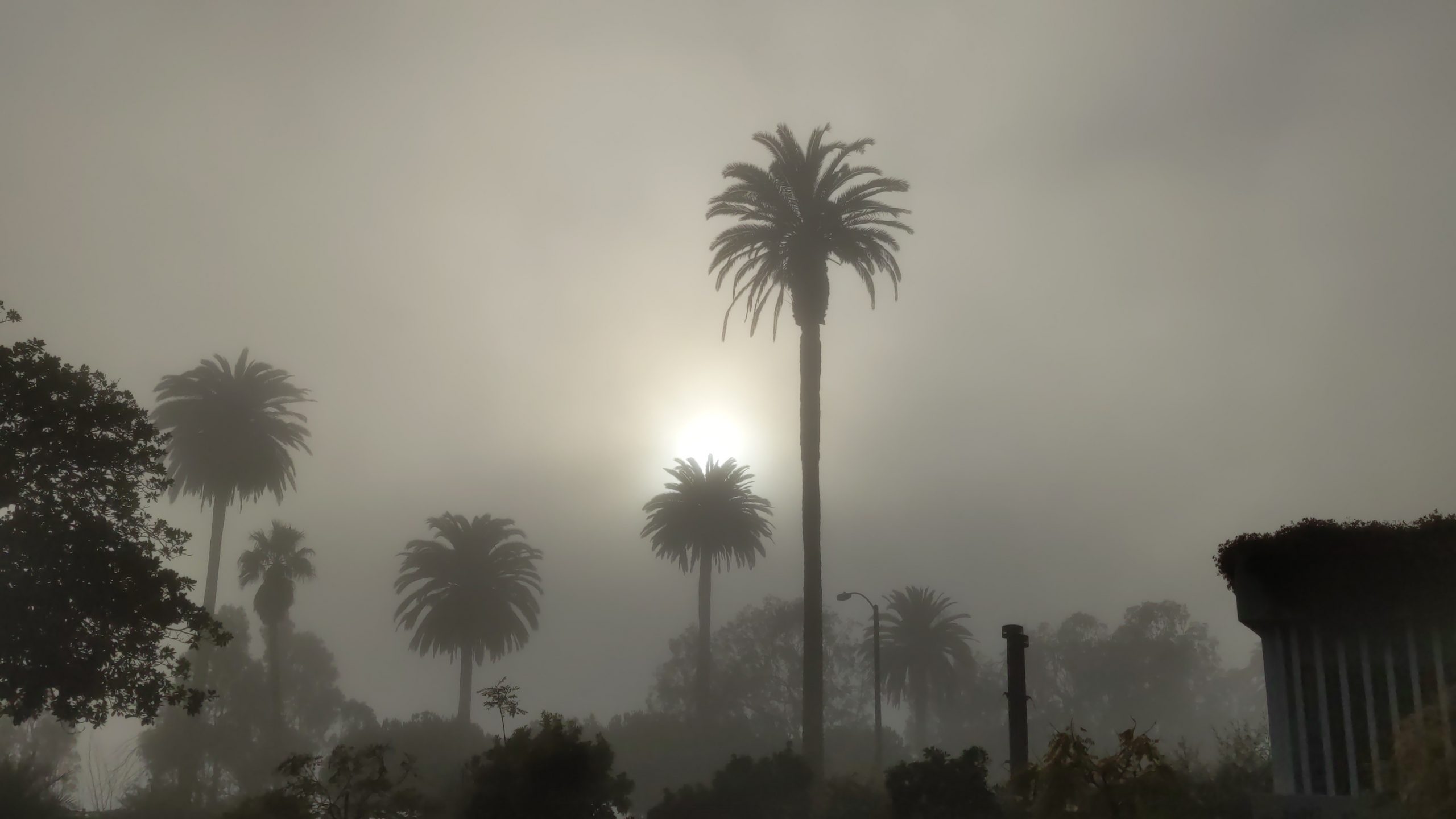A Majestic Premier to Santa Monica Landscapes
Santa Monica’s streetscape is undeniably shaped by its iconic palm trees, among which the Canary Island Date Palm (Phoenix canariensis) stands out. Brought to California in the late 1700s by “Spanish Franciscan and Jesuit missionaries”, this majestic species, with its imposing stature and graceful fronds, thrives in the city’s Mediterranean climate.
This article delves into the characteristics, cultivation, and care of Phoenix canariensis, highlighting its suitability for Santa Monica’s unique environment.
Introduction and Overview
The Canary Island Date Palm, endemic to the Canary Islands off the northwest coast of Africa, is widely cultivated in Mediterranean and subtropical regions globally. Its remarkable height, reaching up to 60 feet (18 meters), and its broad, arching leaves create a striking visual impact. In Santa Monica, the relatively slow growth rate and adaptability to the local climate make it a popular and enduring choice for landscaping.
Santa Monica’s Climate and Phoenix canariensis
Santa Monica experiences a Mediterranean climate characterized by mild, wet winters and warm, dry summers. Average annual rainfall is approximately 14 inches (355 mm), concentrated primarily between November and April. Summers are typically dry, with average temperatures ranging from the mid-60s to the low 70s Fahrenheit (18-21°C). These conditions, including the relatively mild temperatures and infrequent frost, are ideal for Phoenix canariensis. The palm prefers full sun to partial shade and well-draining soil, tolerating a range of soil types. While it is relatively drought-tolerant once established, supplemental irrigation is crucial during the first year after planting and during extended dry periods.
Cultivation and Care
Successfully establishing and maintaining a healthy Phoenix canariensis in Santa Monica requires mindful attention to several key factors:
Planting: Select a location that receives ample sunlight and has well-draining soil. Amend heavy clay soils with organic matter to improve drainage. Plant at the same depth as it was growing in its container.
Watering: Consistent watering is critical during the first year after planting, ensuring the root system becomes well-established. Once established, watering needs are significantly reduced; however, supplementary irrigation during prolonged dry spells remains beneficial. Overwatering can lead to root rot.
Fertilization: Annual fertilization with a slow-release, balanced fertilizer formulated explicitly for palms (e.g., 8-8-8 or 10-10-10 NPK) provides essential nutrients for healthy growth. Follow product instructions carefully. Avoid excessive fertilization, which can lead to nutrient imbalances.
Pruning: Pruning is generally minimal. Remove only dead or damaged fronds at their base, using sharp, sterilized pruning tools to prevent the spread of disease. Avoid removing healthy fronds, as they contribute to the tree’s overall health and aesthetic appeal. Pruning should ideally be conducted during late winter or early spring.
Pest and Disease Management: Phoenix canariensis is relatively resistant to pests and diseases; however, vigilance is still essential. Common pests include scale insects, mealybugs, and spider mites. Regular monitoring and early intervention with appropriate insecticidal soaps or horticultural oils can prevent significant infestations. Signs of fungal diseases should be addressed promptly with a fungicide. Consult with a local arborist for advice on specific pest and disease problems.
Landscaping and Design Considerations
The architectural form of Phoenix canariensis lends itself to various landscaping designs in Santa Monica. Its large size makes it a striking focal point, suitable for larger properties or public spaces.
Companion Plants: Consider pairing Phoenix canariensis with drought-tolerant, Mediterranean-climate plants to create a harmonious and sustainable landscape. California natives such as California Buckwheat (Eriogonum fasciculatum), California Lilac (Ceanothus) species, or various succulents complement the palm\’s aesthetic.
Grouping: Planting multiple Phoenix canariensis palms together creates a visually stunning palm grove, adding a tropical flair to the landscape.
Common Problems and Solutions
While generally hardy, Phoenix canariensis can experience some issues:
Pest Infestations: Scale insects, mealybugs, and spider mites can infest Phoenix canariensis*. Regular inspection and treatment with insecticidal soaps or horticultural oils are effective preventative measures.
Local History and Context
Phoenix canariensis has been a significant part of Santa Monica’s landscape for over two centuries, contributing to the city’s distinctive character. Its introduction to California dates back to the 18th century. Many mature specimens, representing a living legacy, still grace the city’s streets and parks.

The Canary Island Date Palm is a magnificent and relatively low-maintenance addition to Santa Monica landscapes. Its majestic presence, adaptability to the local climate, and historical significance make it a cherished element of the city’s horticultural identity. With proper planting, watering, and fertilization practices, Phoenix canariensis will bring years of beauty and shade to your outdoor space.

